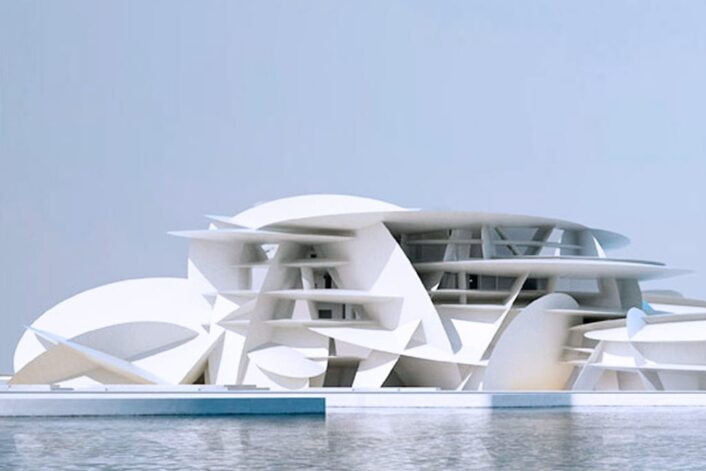Architecture
New Munch Museum
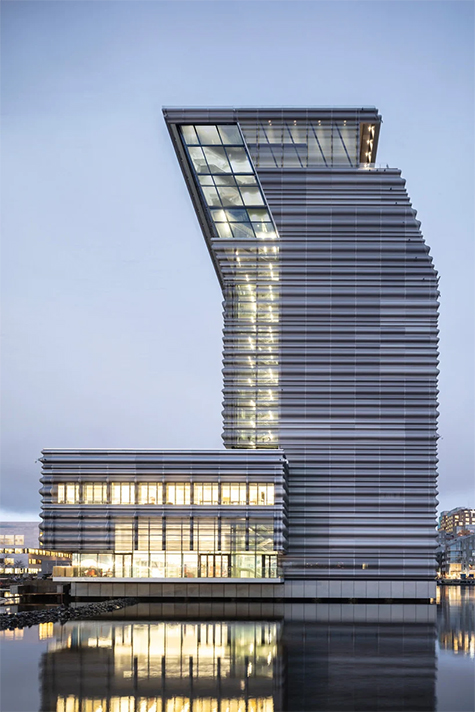
Construction began in the fall of 2016.
Image courtesy of: Design Boom, photographed by: Adria Goula
When Edvard Munch bequeathed all of the works still in his possession to the city of Oslo, it was clear that their current home, Oslo’s Munch Museum, was insufficient both with respect to displaying and maintaining the collection.
The donation was inclusive of 28,000 paintings, sketches, photographs, and sculptures. Included in the works is “The Scream,” perhaps Munch’s most famous painting. The objects were willed to the city upon the artist’s death in 1944 and until now have spent 56 years in a cramped museum east of Oslo’s center. It was clearly time for a move!
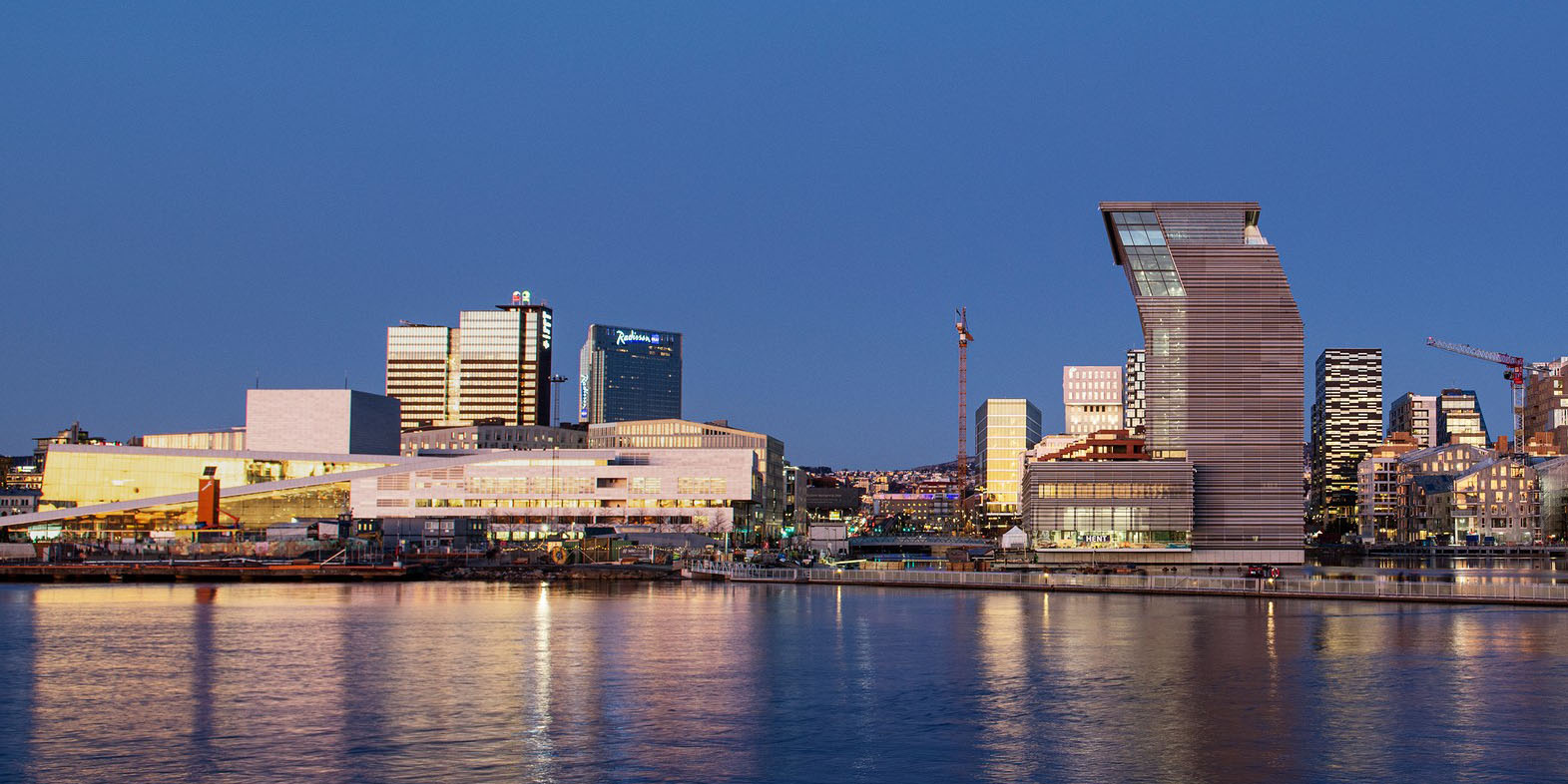
The museum’s opening was delayed due to the delivery of fire and security doors; in addition to a failure of the indoor climate system to meet the proper requirements.
Image courtesy of: Visit Oslo
Oslo’s city council decided to build a new Munch museum in 2008. Soon thereafter, an international architectural competition was announced. A year later, a jury crowned Juan Herreros’ “Lambda” proposal as the winner.
The Spanish architect conceived the museum as an institution which is open to the city and highly visible in both stature and architecture. The waterfront museum is in the Bjorvika area, a revitalized port district known for contemporary architecture that includes the Oslo Opera House. One of the best features is the museum’s terrace which provides stunning views over the Oslo fjord and the surrounding bay.
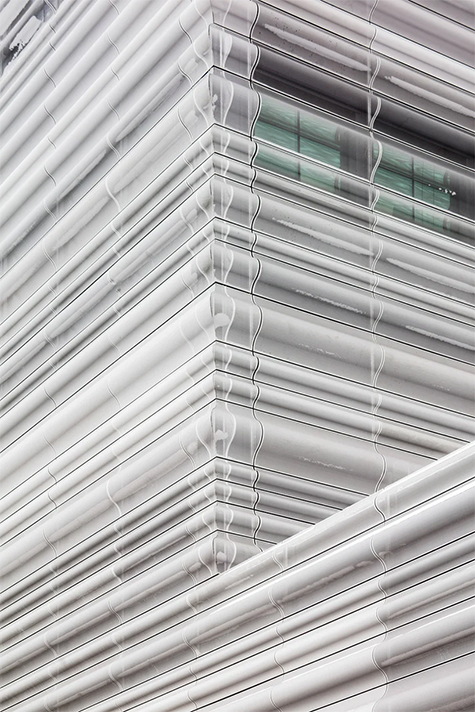
The static section…
Image courtesy of: Design Boom
The museum’s design is based on the idea of a “tower shape” that measures 60 meters in height. The exterior is clad in recycled perforated aluminum panels of varying degrees of translucency. The most distinctive feature is the leaning top section that essentially makes the structure a highly visible and recognized landmark from all sides.
The tower sits on a three-story podium and has two zones. The static zone is an enclosed concrete structure that follows the requirements necessary to protect the valuable art inside. The dynamic zone has an open and transparent facade that offers visitors views over the city and the surrounding nature.
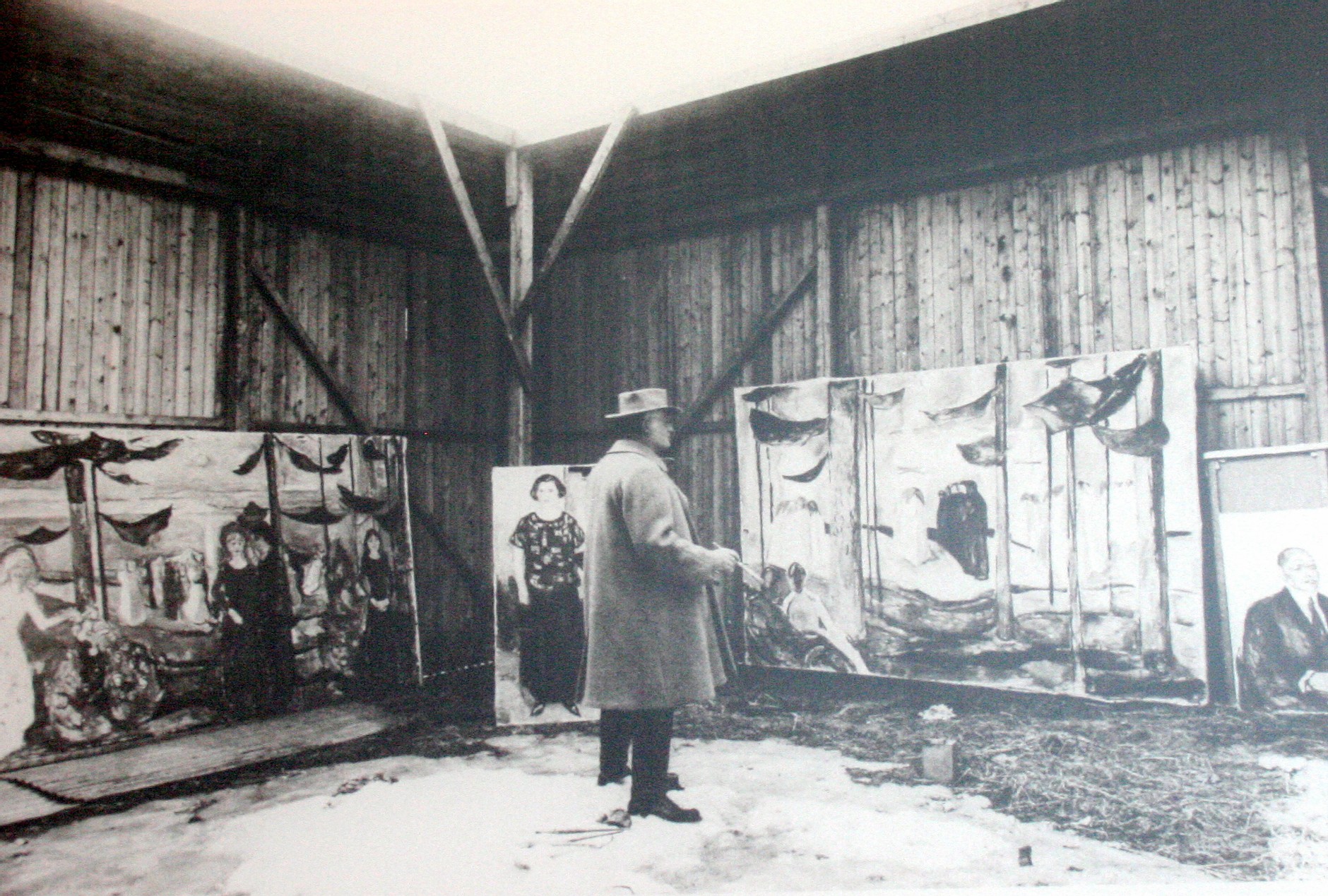
Munch painting outside, as he often did, at his estate in Elkey, a small city near Oslo’s capital.
Image courtesy of: The Geographical Cure
The 11-gallery, 13-story glass-and-recycled landmark also has a special double-height gallery to showcase some of Munch’s largest works. One such work on display is his 25 x 15 foot mural. Finally, there is enough room to displace Munch’s wide range of art, in addition to providing a unique juxtaposition of his oeuvre alongside other modern and contemporary artists.
The three permanent exhibition spaces will display Munch’s art and the temporary exhibition galleries will show work by other Norwegian and international artists. In addition, the large space allows for a wide-range of cultural event programs and experiences for both children and adults. The museum will house art workshops where visitors can experiment with different techniques and materials. In such, those interested can create an art experience and form a lasting memory.
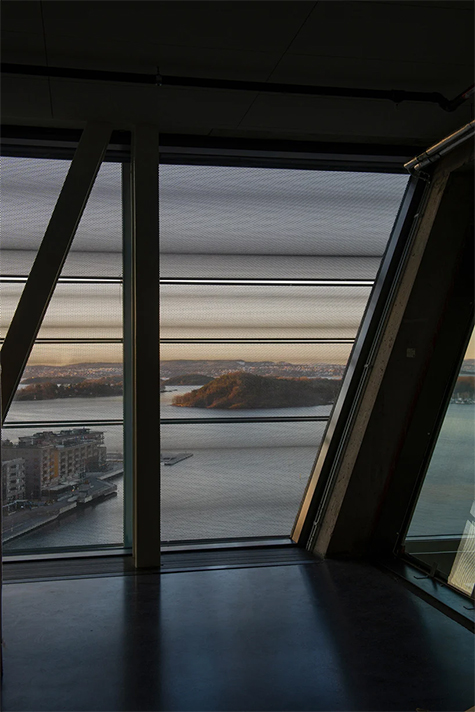
With a total of eight elevators and 16 escalators, this is the perfect place for social distancing!
Image courtesy of: Design Boom, photographed by: Ivar Kvaal
The architect said (courtesy of Design Boom), “The building is there, it has a powerful presence, and it is part of the city. It says, “okay, here I am. I hold the legacy of the most important artist in Norway’s history,” and I gaze entranced at Oslo and the fjord because it is the city and its collective dreams that have built me. The building, its conceptual approach and construction systems, wants to be an expression of the collective engagements of the Norwegian society to the environment echoing its present challenges and the desire for innovation that confidently steps forward into a better future.”

